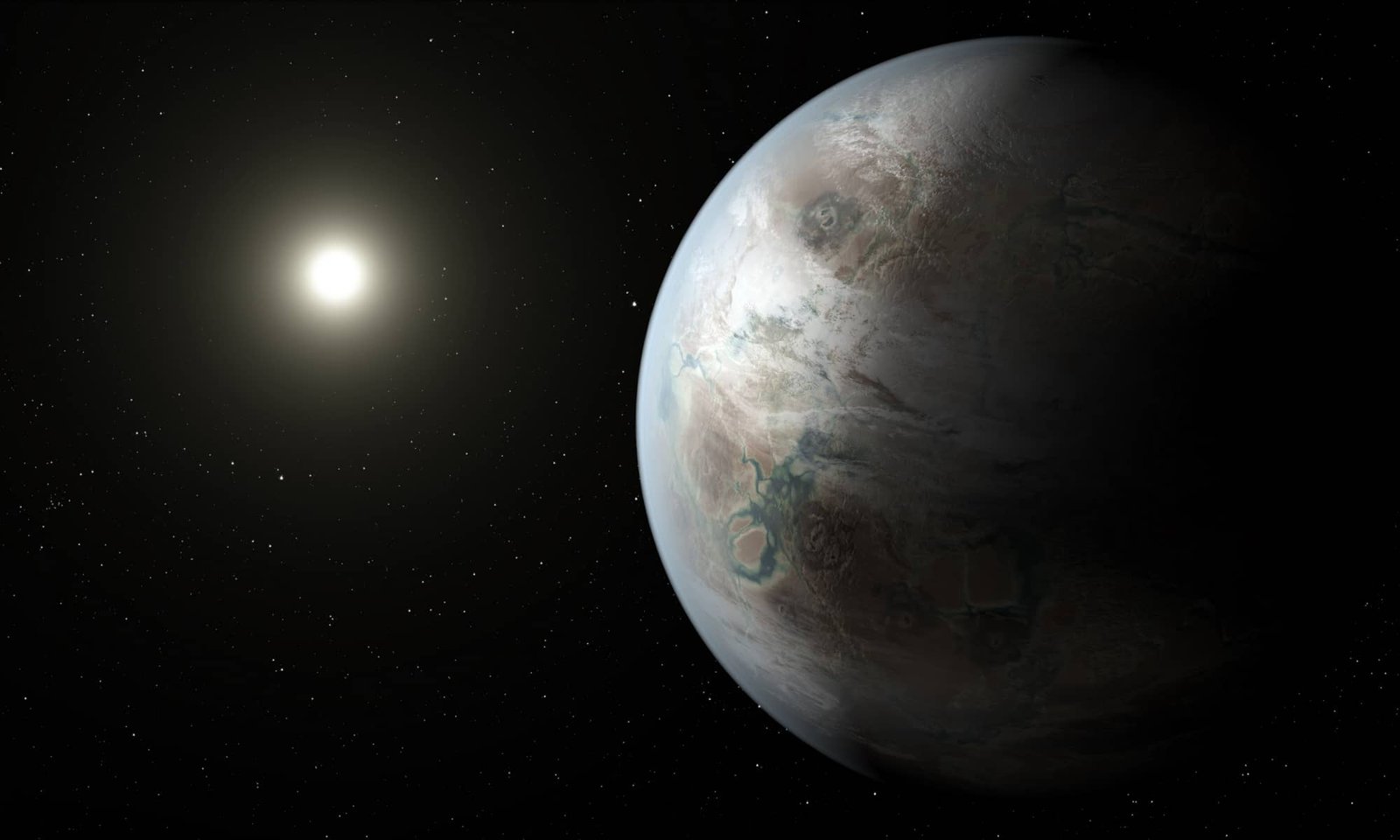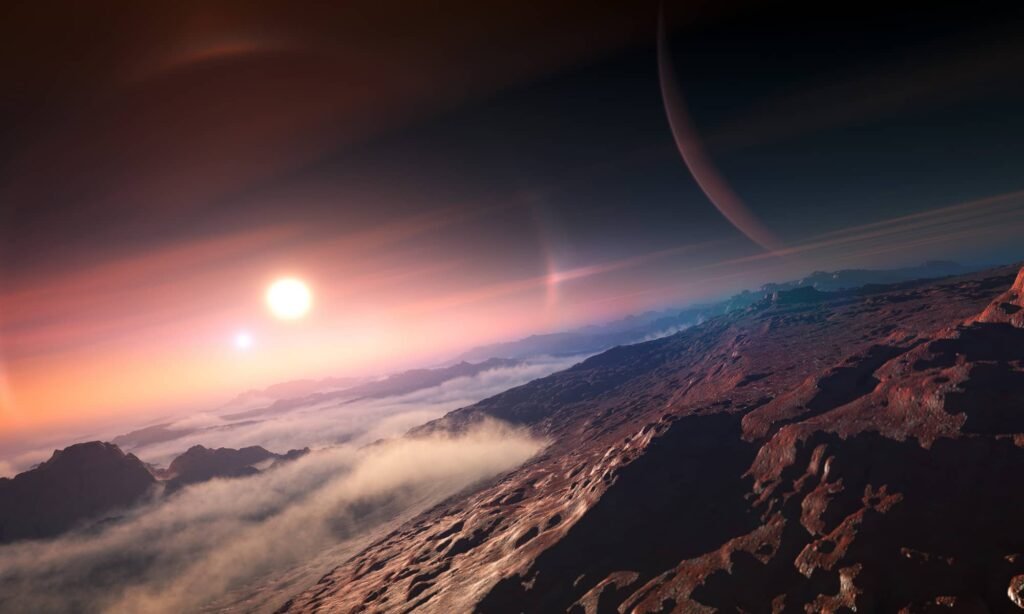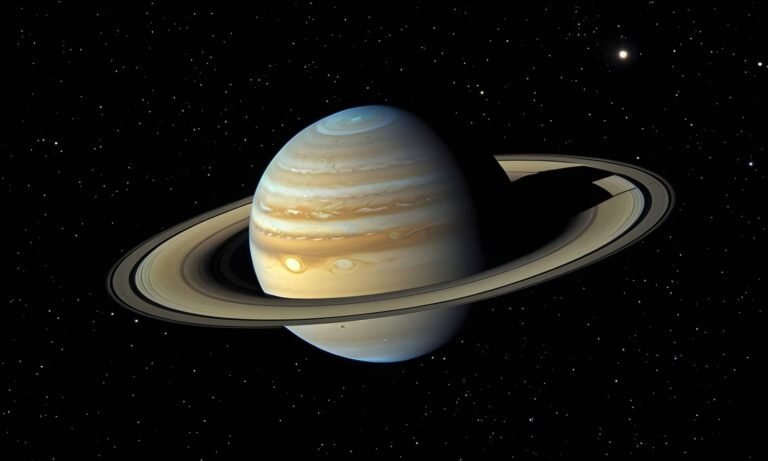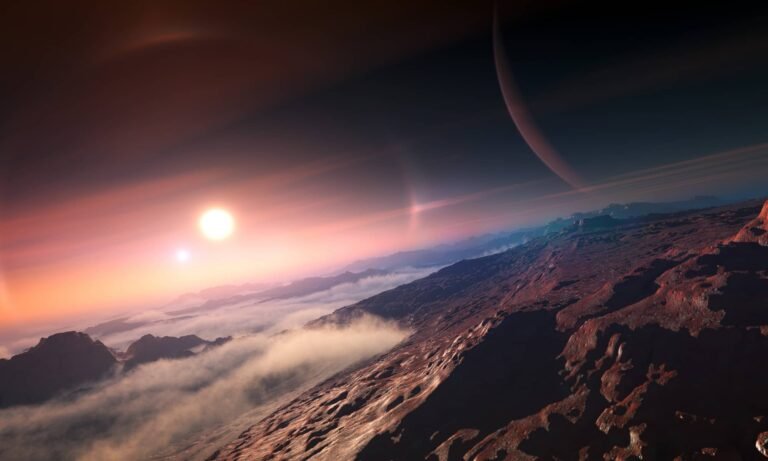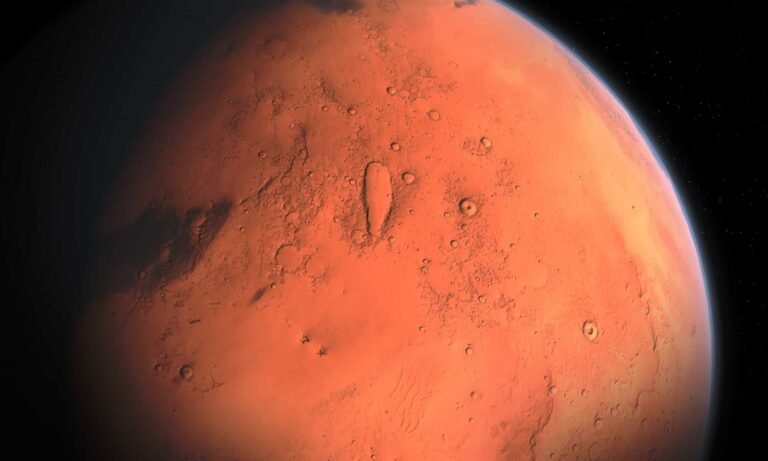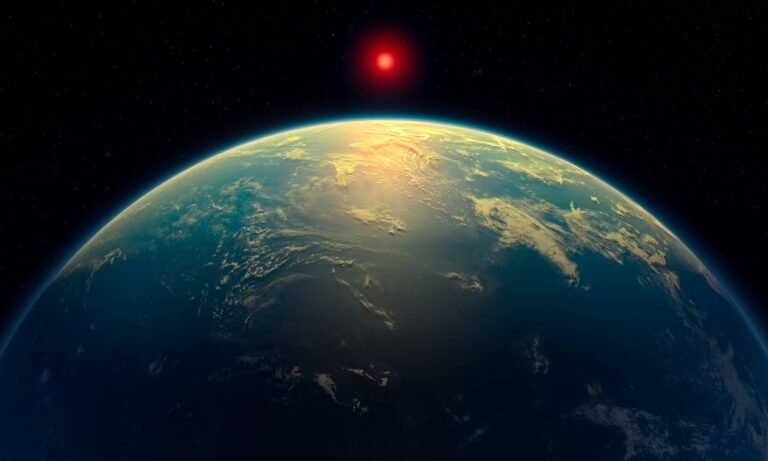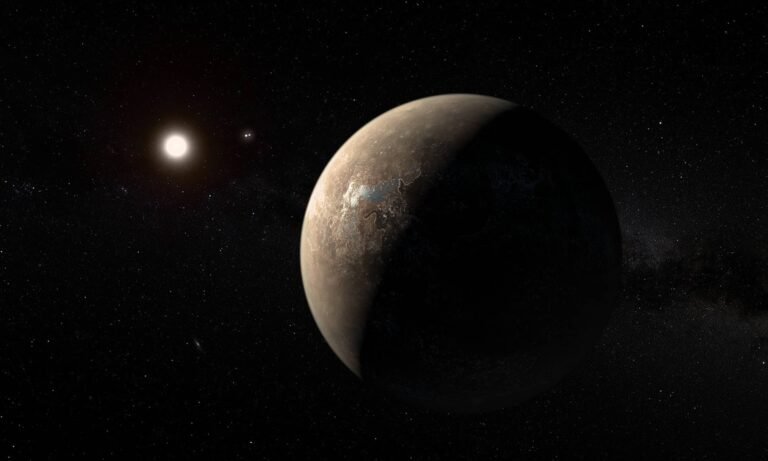Kepler-452b, often referred to as Earth’s cousin, is a significant exoplanet discovered by NASA’s Kepler spacecraft in 2015. This intriguing planet orbits its host star, Kepler-452, which is located approximately 1,400 light-years away from Earth in the constellation Cygnus. Kepler-452, a G-type star resembling our Sun, offers a unique environment for its orbiting planet, leading to initial excitement within the scientific community regarding its potential habitability.
Kepler-452b is classified as a super-Earth, a category of exoplanets that are larger than Earth yet smaller than gas giants. With about 1.6 times the Earth’s radius, this exoplanet resides in the habitable zone, an orbital region where conditions could allow for liquid water to exist on its surface. The significance of this aspect cannot be overstated, as the presence of liquid water is a crucial factor in the search for life beyond our planet.
The discovery of Kepler-452b holds remarkable implications for exoplanet research. It provides a valuable opportunity to study an Earth-like environment that may harbor conditions suitable for life. Positioned within an ideal distance from its star, this planet experiences a similar solar energy output as Earth, which further enhances its potential habitability. The discovery of this exoplanet has prompted ongoing investigations into the atmospheric conditions and geological characteristics that might contribute to a viable ecosystem.
Additionally, Kepler-452b has unique attributes, such as a longer orbital period compared to Earth, taking around 385 days to complete one revolution around its star. This extended year could play a role in shaping its climatic and evolutive processes. Consequently, as scientists delve deeper into the features of Kepler-452b, it remains a vital subject within the broader exploration of potentially habitable worlds, further expanding our knowledge of planets beyond our solar system.
Physical Characteristics
Kepler-452b, often called Earth’s “cousin,” has intriguing physical traits that suggest it could be habitable. Discovered by NASA’s Kepler space telescope, it orbits a G-type star similar to our Sun, about 1,400 light-years away in the constellation Cygnus. Measuring 1.6 times Earth’s size, it falls into the super-Earth category – larger than Earth but smaller than gas giants. Its increased mass could mean stronger gravity and a thicker atmosphere, potentially affecting its habitability.
The atmosphere of Kepler-452b remains a topic of speculation, as it has not been directly observed. However, scientists theorize that, due to its size and the nature of its host star, it might support a form of atmosphere conducive to liquid water, which is essential for life as we know it. The ideal distance from its star, situated in the habitable zone, may allow for the right temperatures required to maintain water in a liquid state. Should Kepler-452b possess an atmosphere similar to that of Earth, it could regulate temperatures and protect the planet from harmful solar radiation, which is vital for sustaining life.
In terms of orbital parameters, Kepler-452b orbits its star every 385 days, providing a year that closely resembles that of Earth. This relatively stable orbit contributes to the likelihood of repetitive seasons, enhancing the potential for complex ecosystems should life exist there. Overall, the comparative analysis of Kepler-452b’s physical attributes not only highlights its potential similarities with Earth but also raises significant questions regarding the planet’s capacity to support life.
The Star System
Kepler-452b exists within its own unique star system, which is dominated by its host star, Kepler-452. This star is classified as a G-type star, making it similar to our own Sun in many key aspects. The age of Kepler-452 is estimated to be approximately 6 billion years, which falls within a stage of stellar evolution that is mature but not end-of-life like older stars. This longevity suggests a certain stability in the star’s behavior, fostering a potentially suitable environment for life on planets within its vicinity.
In terms of temperature, Kepler-452 exhibits a surface temperature of about 5,500 degrees Celsius. Such temperatures allow for a warm environment, which can have a substantial impact on the habitability of its orbiting planets, including Kepler-452b. The star’s luminosity, measured to be roughly 1.5 times that of the Sun, provides a greater amount of energy to its planets, extending the habitable zone beyond what is typically found around less luminous stars. This habitable zone is where conditions might be right for liquid water to exist, a fundamental requirement for life as we know it.
Furthermore, the layout of the Kepler-452 star system includes not just Kepler-452b, but potentially other celestial bodies as well. However, observational data primarily focuses on Kepler-452b, leaving the presence of other planets somewhat ambiguous. The discovery of additional planetary bodies might further enrich the study of this system, offering insights into the diversity and complexity of planets that share similar conditions to Earth. The combination of Kepler-452’s characteristics and its associated celestial environment raises intriguing questions about the potential for life on Kepler-452b and its possible companions, thereby expanding our understanding of exoplanetary systems and their potential for supporting life.
Future Exploration and Research
Kepler-452b, often described as Earth’s “cousin” due to its Earth-like characteristics, remains a significant subject of interest within the astronomical community. As advancements in technology continue to improve our ability to explore distant exoplanets, the prospects for gathering more data on Kepler-452b become increasingly promising. Future exploration will likely utilize next-generation telescopes and instruments that can closely analyze the planet’s atmosphere and surface conditions, aspects that are crucial for determining its habitability.
One notable mission is the James Webb Space Telescope (JWST), which aims to enhance our understanding of exoplanet atmospheres, including that of Kepler-452b. This mission employs infrared technology to detect potential biosignatures and trace gases that could indicate the presence of life. Additionally, ground-based observatories equipped with advanced spectroscopic techniques complements space missions, allowing scientists to monitor the planet’s transits and gather critical data regarding its composition.
The implications of understanding Kepler-452b extend beyond mere exploration; they challenge our existing theories of planetary systems and the formation of life. Its position within the habitable zone of its star suggests that it may possess conditions suitable for liquid water, a crucial element for life as we know it. By studying exoplanets like Kepler-452b, researchers can unlock insights into the variety of planetary systems that exist, thus broadening our understanding of where life might thrive in the universe.
Going There
The journey itself would be a feat of engineering and perseverance, requiring advanced propulsion systems capable of traversing vast cosmic distances. After arriving, explorers would set foot on a world that, although larger than Earth, could possess familiar landscapes, possibly shaped by liquid water and an atmosphere conducive to life. The planet’s extended orbit – lasting 385 days – suggests a climate that might support seasons, offering a glimpse into what life could be like beyond our solar system.
As scientists and adventurers unravel Kepler-452b’s mysteries, every discovery would bring humanity closer to answering one of the greatest questions: Are we alone in the universe? Whether uncovering its geological history or searching for biological signatures, an expedition to this remarkable world would mark a turning point in space exploration – one that could redefine our understanding of life itself. The dream of reaching Earth’s twin remains distant, but the quest for knowledge fuels the imagination of explorers eager to take the first steps into the cosmos
What’s More
The posts in My Blog feature reflective, story-driven pieces rooted in personal and societal insights.
The topics in My Interests explore abstract, philosophical ideas and their cultural and societal impact.
👁️ 6,145 Views


